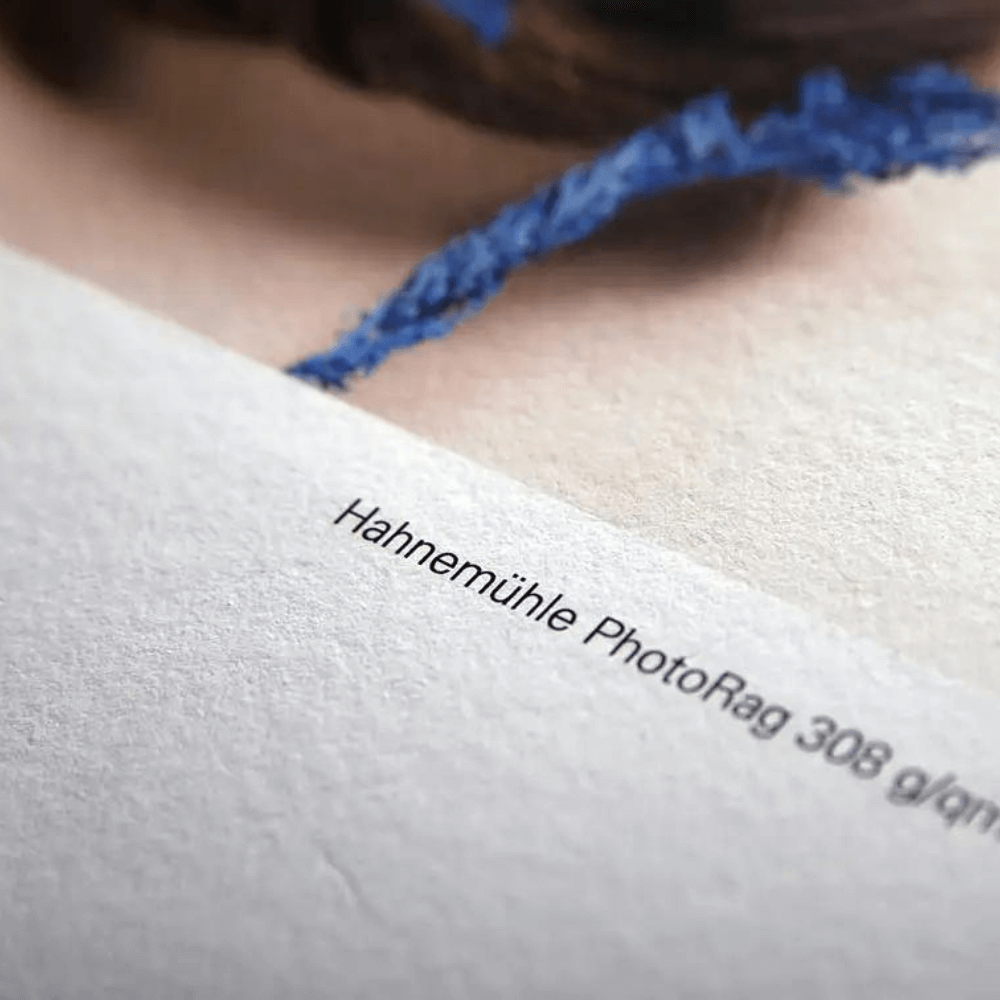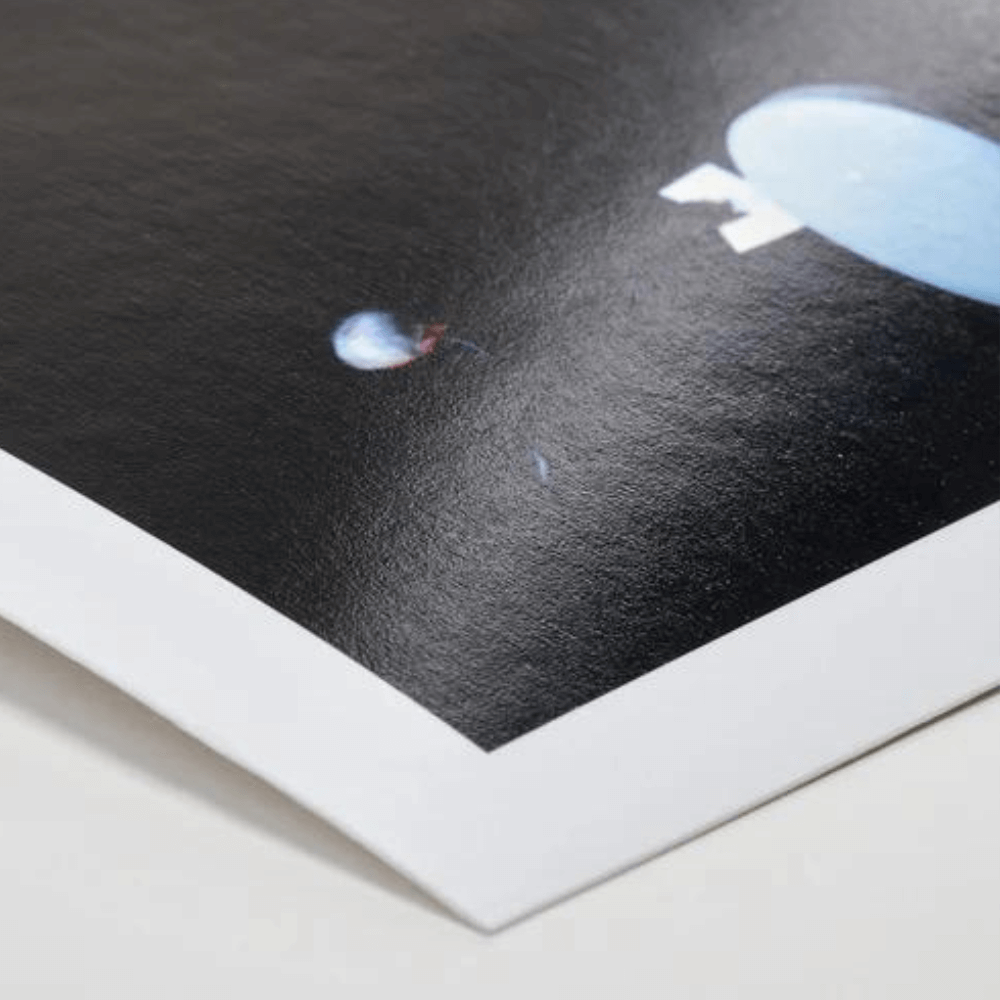Art printing techniques
play a crucial role in reproducing artwork with accuracy and maintaining the integrity of the original piece. Artists and photographers alike rely on these techniques to produce high-quality prints that capture the essence of their creations. In this comprehensive guide, we will explore four popular art printing techniques: Giclée printing, Screen Printing, Riso Printing, and Lithography. Additionally, we will delve into the importance of using OBA-free papers for preserving the longevity and vibrancy of printed artworks.
Screen Printing
Screen printing, also known as silkscreen printing, is a versatile art printing technique that involves transferring ink through a mesh screen onto a substrate. It is particularly popular for printing artwork on various surfaces such as paper, fabric, wood, and metal.
In screen printing, a stencil, known as a “screen,” is created by blocking certain areas of the mesh with a stencil material or photo emulsion. Ink is then pressed through the unblocked areas of the mesh onto the substrate using a squeegee. Each color requires a separate screen, allowing for vibrant and multi-layered prints.
Screen printing offers excellent color saturation and the ability to print on diverse materials. It is often chosen for its durability and the ability to reproduce bold and opaque colors. Artists and designers also appreciate the tactile quality of screen prints, as the ink sits on top of the substrate, creating texture and depth.
Riso Printing
Riso printing, also known as Risograph printing, combines aspects of screen printing and photocopying. It is a cost-effective and environmentally-friendly art printing technique that produces unique and vibrant prints.
Riso printing utilizes a specialized duplicating machine that employs a cylindrical drum to transfer ink onto paper. The drum contains small cells, which correspond to the artwork’s design, allowing ink to pass through and onto the paper in a process similar to screen printing. The technique is known for its distinctive and slightly textured appearance, often characterized by vibrant colors and subtle variations.
Riso printing is popular among artists, designers, and zine-makers due to its affordability, quick turnaround, and ability to reproduce bold and saturated colors. It is often used for limited edition prints, zines, posters, and small-scale publishing projects.
Giclée Printing
Giclée printing is a digital printing method widely used for fine art reproduction. It involves high-resolution inkjet printing, typically using pigment-based inks, onto archival-quality paper or canvas. The process ensures exceptional color accuracy, detail, and longevity, making it a popular choice among artists and photographers.
The term “Giclée” originates from the French word meaning “to spray.” Giclée printers use microscopic droplets of ink to recreate the artwork’s original colors and textures. This art printing technique offers a wide color gamut and smooth transitions, capturing even the subtlest tonal variations.
To achieve the best results with Giclée printing, it’s important to use high-quality archival papers or canvas specifically designed for this technique. These papers are acid-free and have a coating that enhances color reproduction while maintaining the print’s longevity. Commonly used papers for Giclée printing include cotton rag papers, alpha-cellulose papers, and archival matte papers.
Importance of Paper in Art Printing
Fine art papers are specifically designed to meet the demands of high-quality art printing, ensuring that the prints not only look visually stunning but also stand the test of time. Here’s an elaboration on different types of fine art papers commonly used in art printing:
- Cotton Rag Papers: Cotton rag papers are made from 100% cotton fibers, which provide exceptional durability, longevity, and a luxurious feel. They are known for their archival qualities, acid-free nature, and resistance to deterioration. Cotton rag papers offer excellent color reproduction, sharpness, and detail, making them a popular choice for Giclée printing and fine art photography.
- Alpha Cellulose Papers: Alpha cellulose papers are made from wood pulp that has been processed to remove impurities, resulting in a high-quality, acid-free paper. They offer similar characteristics to cotton rag papers but at a more affordable price point. Alpha cellulose papers provide excellent color vibrancy, image sharpness, and longevity, making them suitable for various art printing applications.
- Matte Papers: Matte papers have a smooth, non-glossy surface, which helps reduce glare and reflections. They are ideal for prints that require a subtle and elegant appearance. Matte papers often have a higher level of paper texture, giving the prints a more tactile and artistic feel. These papers are widely used for fine art photography, black and white prints, and artworks where texture and detail are essential.
- Satin and Semi-Gloss Papers: Satin and semi-gloss papers offer a compromise between matte and glossy finishes. They have a slight sheen that enhances the colors and contrasts of the prints while reducing reflections. Satin papers provide a smoother surface compared to matte papers, resulting in sharper image details and better color saturation. They are commonly used for high-quality art reproductions and photography prints.
- Glossy Papers: Glossy papers have a highly reflective and smooth surface that produces a shiny finish. They offer vibrant colors, high contrast, and deep blacks, making them suitable for prints that require a bold and eye-catching appearance. Glossy papers provide excellent detail and sharpness, making them popular for showcasing vibrant photographs, commercial prints, and artwork with a glossy aesthetic.
- Baryta Papers: Baryta papers are known for their resemblance to traditional darkroom photographic papers. They have a barium sulfate coating, which enhances the sharpness, color saturation, and tonal range of prints. Baryta papers offer a smooth and slightly glossy surface, giving the prints a classic and sophisticated look. They are commonly used for black-and-white photography, portraiture, and high-end art reproductions.
- Textured Papers: Textured papers add an extra dimension to art prints by incorporating various textures and patterns into the paper surface. They can range from subtle textures, such as a linen or canvas-like texture, to more pronounced textures like watercolor or etching textures. Textured papers add character and depth to prints, making them suitable for artistic and expressive purposes.
- OBA-Free Papers: Optical Brightening Agents (OBAs) are chemicals added to some papers to enhance their whiteness and brightness. However, these agents can degrade over time, causing prints to yellow and fade. OBA-free papers are specifically formulated without the addition of brightening agents, ensuring long-lasting color stability and resistance to deterioration. They are recommended for archival-quality prints where longevity and color accuracy are crucial.
When selecting a fine art paper, it’s important to consider factors such as the desired aesthetic, image characteristics, durability, and the specific printing art printing technique being used. Each type of fine art paper has its own unique qualities and advantages, allowing artists, photographers, and printmakers to choose the paper that best suits their artistic vision and the intended presentation of their artwork.
When it comes to art printing, the choice of paper is as important as the printing technique itself. One crucial consideration is the use of Optical Brightening Agents (OBAs) in papers. OBAs are chemicals added to papers to make them appear whiter and brighter under certain lighting conditions. However, they can have adverse effects on the longevity and color accuracy of prints.
Over time, papers containing OBAs may experience color shifting and degradation, leading to a loss of vibrancy in printed artworks. Additionally, OBAs are susceptible to ultraviolet (UV) light damage, causing prints to fade and yellow prematurely. Therefore, for preserving the longevity and true colors of art prints, it is recommended to use OBA-free papers.
OBA-free papers are made without the addition of brightening agents and are designed to provide archival-quality results. These papers are acid-free, lignin-free, and often meet strict standards for longevity. They offer excellent color stability, ensuring that prints retain their vibrancy and accuracy over time.
Common OBA-free papers used in art printing include cotton rag papers, alpha-cellulose papers, and certain types of matte and fine art papers. These papers are specifically formulated to resist yellowing, fading, and deterioration, providing artists and photographers with prints that can be enjoyed for generations.
The Most Reputable Fine Art Paper Manufacturers
- Hahnemühle: Hahnemühle is a renowned German manufacturer known for producing high-quality fine art papers for centuries. They offer a wide range of papers suitable for various art printing art printing techniques, including Giclée printing. Their papers are known for their exceptional color reproduction, longevity, and archival quality.
- Epson: Epson is a well-known brand in the digital printing industry and offers a range of fine art papers specifically designed for inkjet printing. Their papers are developed to deliver outstanding color accuracy, sharpness, and longevity. Epson offers various paper finishes, including matte, satin, and glossy, catering to different artistic preferences.
- Canson: Canson is a French paper manufacturer with a long history of producing fine art papers. They offer a diverse selection of papers suitable for different art mediums, including drawing, painting, and printing. Canson’s fine art papers are renowned for their quality, texture, and ability to preserve the vibrancy and integrity of printed artworks.
- Moab: Moab by Legion Paper is a brand that focuses on providing fine art papers for digital printing. They offer a variety of papers, including those specifically designed for Giclée printing and other art printing techniques. Moab papers are known for their exceptional image quality, color reproduction, and archival properties.
Conclusion
Understanding various art printing techniques is essential for artists, photographers, and printmakers to achieve the desired results in reproducing their artwork. Whether it’s the fine detail of Giclée printing, the versatility of screen printing, the unique aesthetic of Riso printing, or the traditional craftsmanship of lithography, each art printing technique offers distinct qualities and advantages.
Furthermore, selecting the right paper, particularly OBA-free papers, is crucial for preserving the longevity and vibrancy of printed artworks. By using archival-quality papers, artists can ensure that their prints maintain their true colors and visual impact over time.
Incorporating these in-depth guides on art printing techniques into your creative practice can elevate the quality and presentation of your artwork. Whether you’re reproducing artwork for exhibitions, creating limited edition prints, or simply enjoying the process of printing, these techniques and paper choices will help you achieve exceptional results.
Happy printing!
Note: The information provided in this blog post is for educational purposes only. It is always recommended to consult with professionals and conduct further research before undertaking any art printing processes.
References:
What Is Printmaking? | The Metropolitan Museum of Art (metmuseum.org)
Printmaking | Definition, History, Techniques, Artists, & Facts | Britannica













